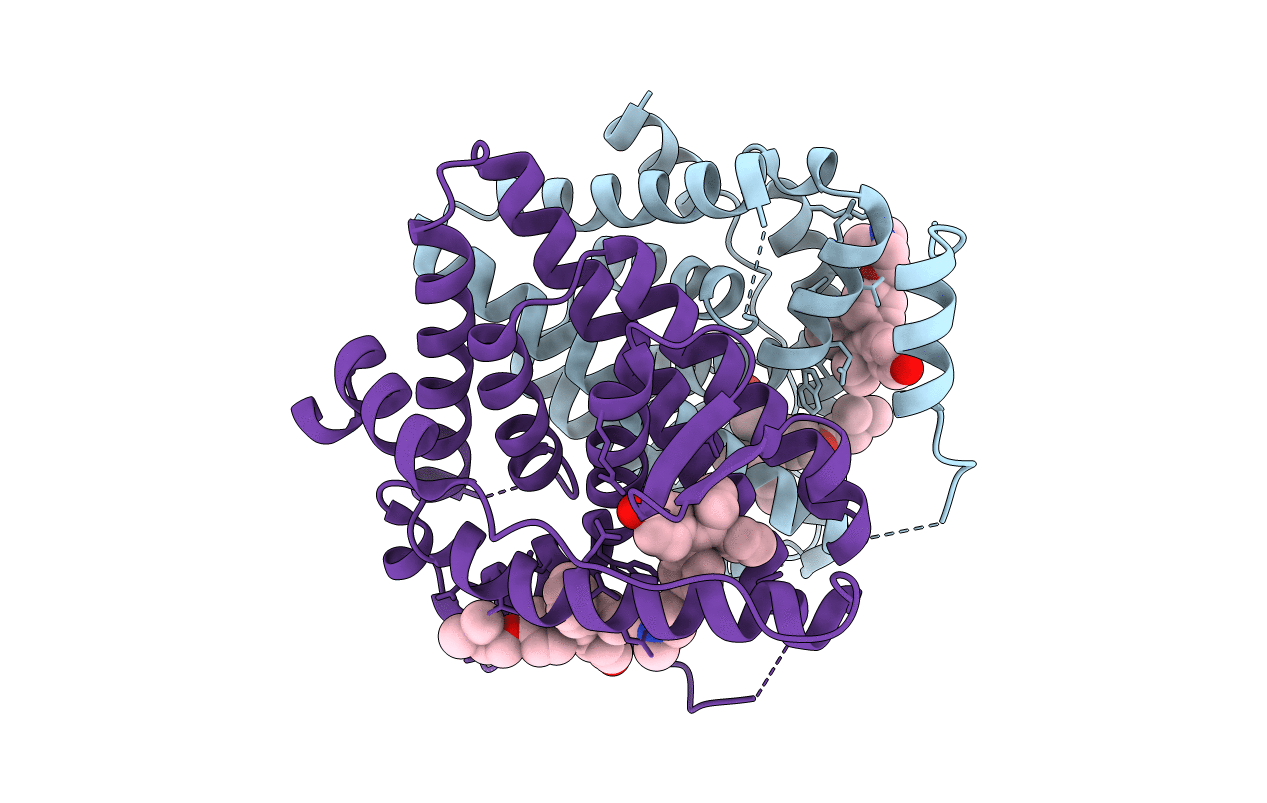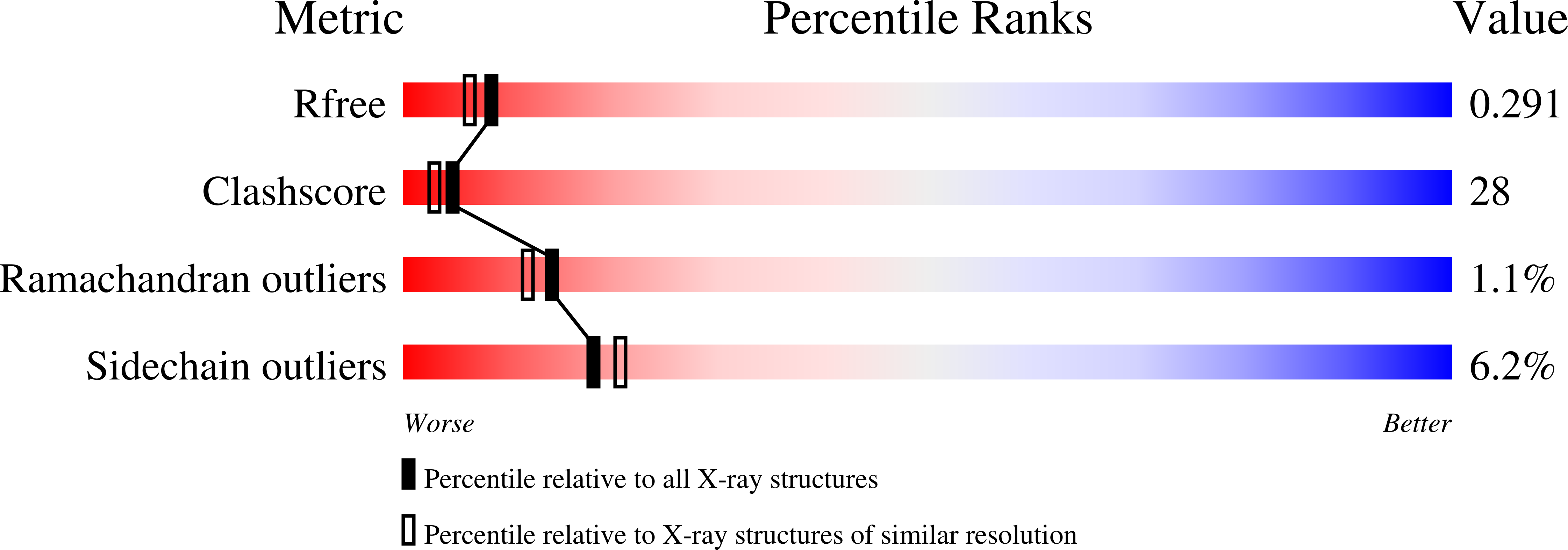
Deposition Date
2006-01-23
Release Date
2006-07-11
Last Version Date
2024-02-14
Entry Detail
PDB ID:
2FSZ
Keywords:
Title:
A second binding site for hydroxytamoxifen within the coactivator-binding groove of estrogen receptor beta
Biological Source:
Source Organism:
Homo sapiens (Taxon ID: 9606)
Host Organism:
Method Details:
Experimental Method:
Resolution:
2.20 Å
R-Value Free:
0.29
R-Value Work:
0.27
R-Value Observed:
0.27
Space Group:
I 4


